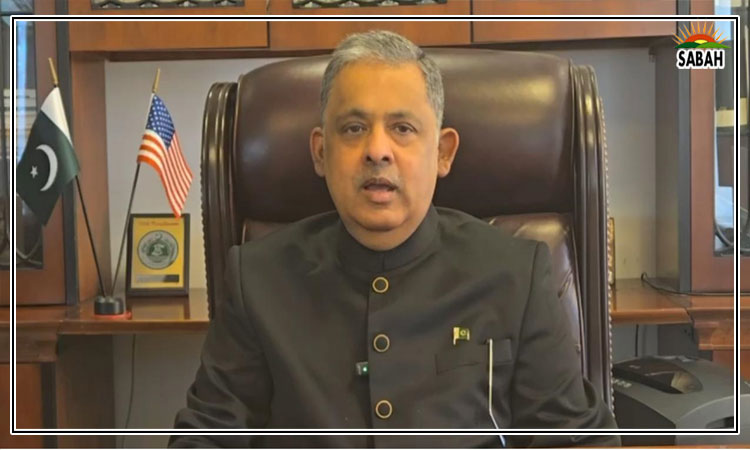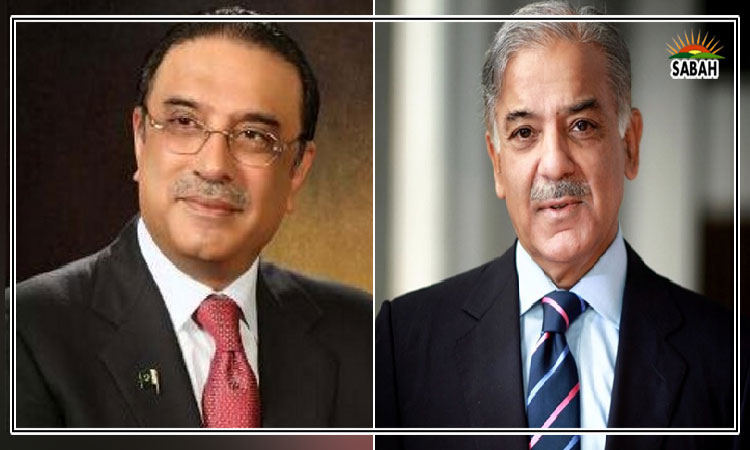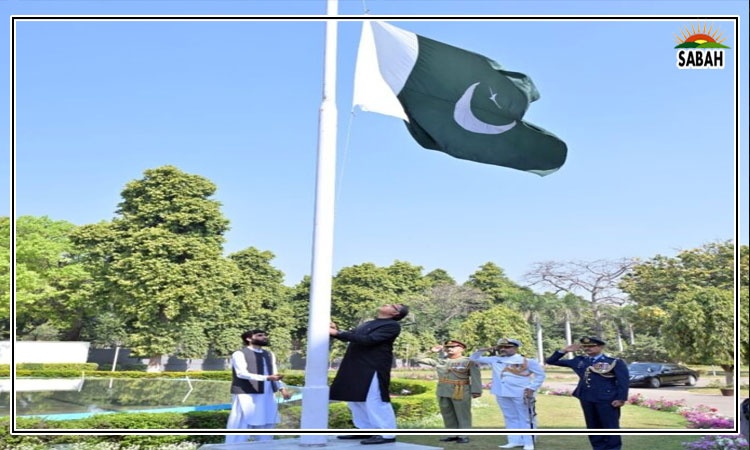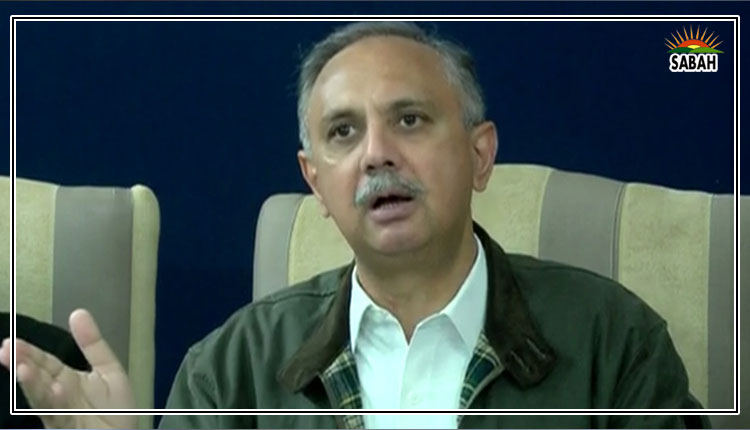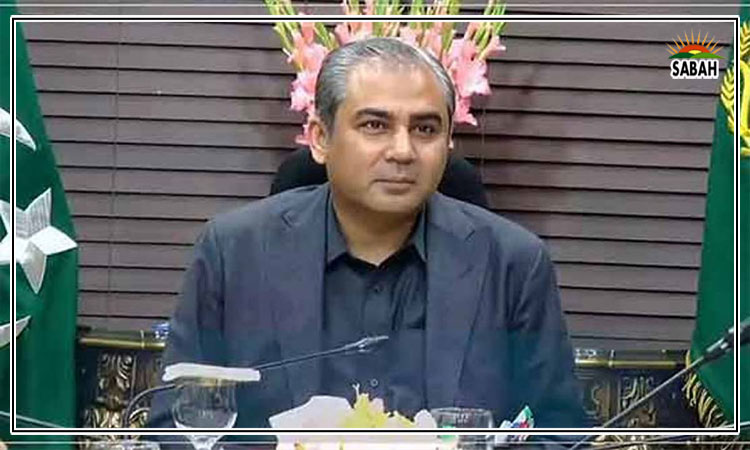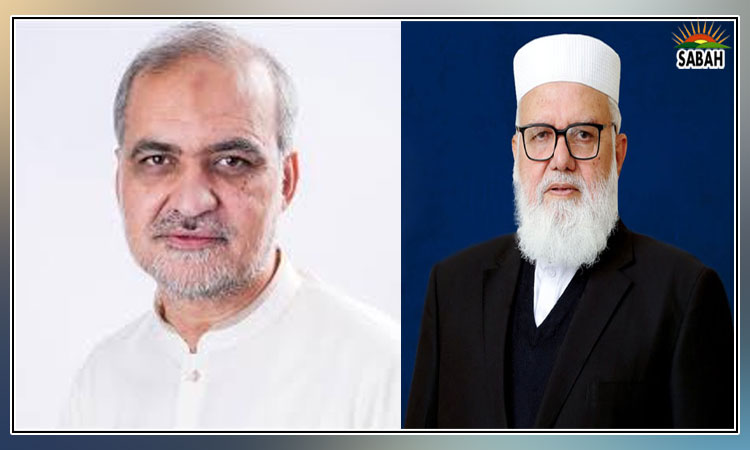Closer to midnight ….. Maheen Shafeeq
So far, we have lived in an era of arms control and disarmament efforts made during the cold war – though we have taken this for granted. The international security environment is becoming precarious with every passing day.
The Bulletin of Atomic Scientists’ Doomsday Clock was two minutes to midnight in 2019, but now it is 90 seconds to midnight. This implies the looming risks of advertent and inadvertent nuclear crises due to the growing number of protracted conflicts, geostrategic competition, arms race and, most importantly, weakening arms control regimes.
The ongoing escalations in the Middle East and Eastern Europe do not appear to be reaching a point of ceasefire anytime soon. While predicting future wars, analysts assumed them to be intensive but short. However, the ongoing disputes are only getting intense as they draw more actors. Iran has become a part of the Middle Eastern conflict while Russia has drawn Nato allies into the square.
With Iran being part of the Middle Eastern conflict, the international security environment has become dangerous. Earlier in October, the International Monitoring Stations (IMS) of the Comprehensive Test Ban Treaty Organization (CTBTO) detected two earthquakes in northern Iran.
Although NorNews, an unofficial Iranian information source, dismissed speculations of nuclear tests, the subject will always remain under scrutiny.
Similarly, Russia’s long-expected shift in nuclear doctrine has brought new potential targets and reduced the threshold of use of nuclear weapons. On September 25, 2024, Russian President Vladimir Putin announced that an attack by a non-nuclear weapon state (probably Ukraine) with the support or participation of a nuclear-armed state (either the US, UK, France or all) would be considered a joint attack on the Russian Federation. While the change in the Russian nuclear doctrine remains open to interpretation, it increases tensions and creates ample room for uncertainty.
Although the US, Britain, and France are still considering Ukraine’s demands, they understand the caution regarding placing high-risk weapons on Ukrainian territory. This development comes in light of Kyiv’s insistence on placing Western long-range missiles in Ukraine to hit targets deep inside Russia.
Regardless of the decision to place missiles in Ukraine, the US withdrawal from the Anti-Ballistic Missile Treaty and the Intermediate-Range Nuclear Forces Treaty leaves little to the imagination of international security analysts. The New Start Treaty is the only arms control agreement between the US and Russia that is still standing. However, it is also set to expire in 2026, the renewal of which could face hurdles due to growing geostrategic competition and an arms race among major powers.
The US, China and Russia are not only modernizing their nuclear arsenal but their stockpiles are also growing. As of January 2024, SIPRI estimated that the US nuclear stockpiles grew to 3,708 while Russia’s were estimated to be 4,380. Although China’s nuclear stockpiles reached 500, far less than the rest, due to geostrategic competition, the US insists on looping China into arms control agreements.
The current arms control regime does not account for the nexus of nuclear and emerging and disruptive technologies such as AI, cyber, nanotechnology, quantum, robotics and space. What’s cautious is that this introduces new regulatory and legally binding challenges as countries are still lagging in this domain, arguably intentionally or unintentionally.
With modernisation and growing stockpiles of nuclear arsenal comes the demand for nuclear testing, which was banned under the Comprehensive Test Ban Treaty (CTBT) in 1996. Several states have continued to conduct computer simulations but the urge to conduct actual nuclear tests is increasing. With Russia’s de-ratification last year, and growing geostrategic competition, the urge to revert to nuclear testing is the highest it has been since the cold war despite the taboo. What’s concerning is the domino effect it could have on the states holding back on the urge of nuclear testing but also the ones waiting to acquire nuclear weapons.
In South Asia, India particularly has no desire to hold back on nuclear testing if the option emerges. Although India upholds a unilateral moratorium on nuclear testing, its emerging geopolitical stature in the Indian Ocean brings many risks to the region. In particular, India is improving its nuclear triad by building strategic maritime domain awareness and security capabilities.
India has launched its fourth nuclear-powered ballistic missile (SSBN) submarine while the other two INS Arihant and INS Arighaat are already on deep-sea patrols. India is also building a new and larger submarine base INS Varsha on the eastern coast of the country and is also expected to launch more nuclear-powered submarines by 2028. This shows the growing nuclear risks in South Asia.
Although India maintains a highly doubtful No First Use policy, Pakistan has a clear no No First Use policy. To address the emerging threats from India, Pakistan has changed its policy from Credible Minimum Deterrence to Full Spectrum Deterrence, and its full range of nuclear weapons is not only to deter aggression but also to deliver counter-retaliation towards target-rich India.
This showcases that a growing adversarial environment in South Asia, the Gulf and Eastern Europe brings consequences not only for these regions but the whole world. Although nuclear war might not be imminent, nuclear crises including both accidental and those spiralling out of control could have serious implications. This demands that rational actors come together to address these issues and sincerely work together towards sustainable efforts for global peace and stability.
The writer is a research analyst in emerging technologies and international security.
She tweets/posts @MaheenShafeeq
Courtesy The News


